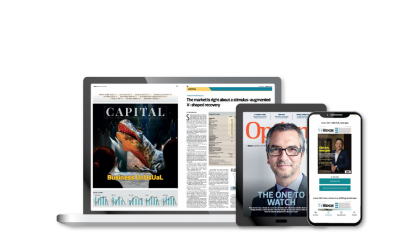Project Mariana looks at multi-currency forex trading and settlement. This achieves atomic settlement between two or more CBDCs, with the transfer of assets across separate networks, for example, between the Euro area, Swiss and Singapore networks. Project Cedar x Ubin looks at how multi-currency cross-border payments can be facilitated across illiquid currency pairs and heterogenous CBDC ledgers using vehicle currencies such as the US dollar. Project Mandala examines how jurisdiction-specific rules and controls can be automatically embedded into CBDC transactions, while simultaneously achieving atomic settlement. This is important as cross-border transactions involving some forex currencies must comply with different regulatory rules and measures.
See also: SFF 2023 spurs discussion on generative AI and the future of finance
“Through these projects, we seek to derive a few key insights,” says Leong Sing Chiong, deputy managing director (markets and development) at MAS. The first aspect is the business case, how atomic settlement can be performed to improve efficiencies and reduce risks of market transactions, and where best to reap these benefits. The second aspect, which pertains to interoperability, is to develop standards to support the atomic settlement of currency transactions across platforms and networks, using Distributed Ledger Technology (DLT) as well as non-DLT-based platforms. “These standards are needed to ensure market participants have a common understanding of how transactions are going to be carried out and executed,” Leong says.
See also: MAS launches blueprint outlining technology infrastructure required to facilitate digital money transactions
Lastly, establish possible policy and regulatory guidelines for the connectivity of digital currency infrastructure, domestically and across borders for better access and participation. “Regardless of how the future landscape evolves, because of the muscles we build up on achieving cross-border interoperability, we remain right at the heart of connectivity,” He adds, however, that there is still a lot of heavy lifting before widespread adoption of these new technologies. Incidentally, the most interesting project, including its proof of concepts, is not blockchain-enabled. Project Nexus is a multilateral payments gateway, connecting fast payment systems across the Asean-5 (Singapore, Malaysia, Thailand, Indonesia and the Philippines). To achieve this, the BIS Innovation Hub and the Asean-5 central banks are working to develop the governance framework, the technical systems design, the business commercial model as well as options for the corporate and legal setup. Project Nexus has the potential to scale globally. There are 60 countries with fast payment systems worldwide. If the multilateral model, starting with Asean-5 proves successful, that model can be scaled up to link more systems across the 60 jurisdictions. As of the end of 2018, according to KPMG, only 27% of those living in Southeast Asia had a bank account. In November 2022, Bank Indonesia (BI), Bank Negara Malaysia (BNM), Bangko Sentral ng Pilipinas (BSP), MAS and Bank of Thailand (BOT) signed a memorandum of understanding on Cooperation in Regional Payment Connectivity (RPC). Plans are underway in Project Nexus to link the instant payment systems of the Asean-5 both bilaterally and multilaterally. “Given recent breakthroughs in bilateral payment linkages, there’s a good chance of achieving regional as well as global payment connectivity that can benefit people and businesses. We hope to launch more linkages for our major payment corridors, including in the Asean-5,” Leong says.











